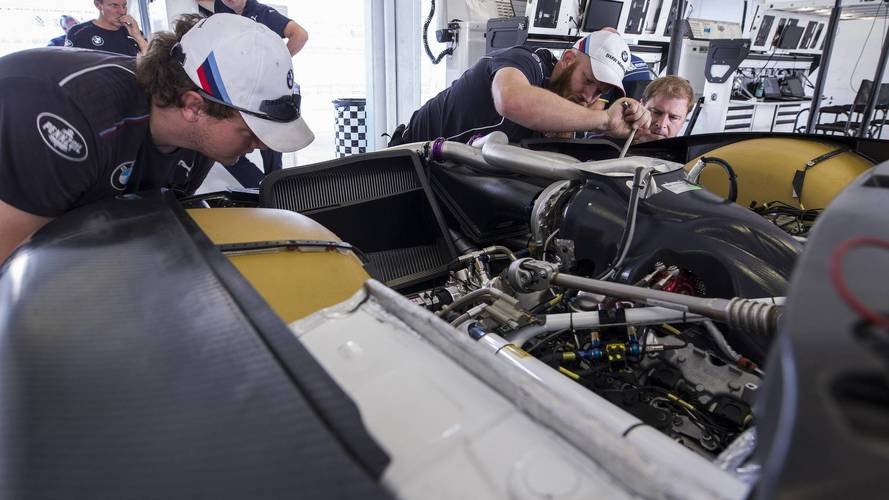M8 Gte’s V8 Is Bmw’s Most Efficient Racing Engine Ever

Preparing for the car's official debut in Geneva next month, BMW recently released the first teaser image of the reborn 8 Series coupe. Spy photos from the last couple of months show the sexy coupe is in its final stages of development, and its race variant is even ready for the track. The Bavarian company has now released new technical details surrounding the engine of that beast, the M8 GTE.
The race car will compete in the FIA World Endurance Championship (WEC) and the IMSA WeatherTech SportsCar Championship in 2018, using a 4.0-liter V8 engine with internal code P63/1, developing between 500 horsepower (373 kilowatts) and 600 hp (447 kW), depending on the specification. The automaker says it is "the most efficient BMW Motorsport racing engine ever" and its development has required no less than 500 engine design drawings and another 500 drawings for the powertrain.
The motor is actually based on the engine that powers the current BMW M5 and has been developed with input from the M division of BMW. Interestingly, some of its parts, like the engine block and cylinder head, are used in the race engine without modification from the production version. Aside from that, the race car's engine uses almost 1,000 unique parts with some 700 of them specifically developed for the P63/1 unit.
Some of the bespoke elements of this engine include the geometry of the combustion chambers, including the inlet and outlet ports, the intake and exhaust systems, and the turbochargers, which have been completely redesigned. All these changes over the production V8, combined with a new engine control, BMW says, result in efficiency levels well above 40 percent and "instant throttle response and linear power delivery from the engine."
Check out the press release section below for full technical details of the M8 GTE's engine.
Related News


